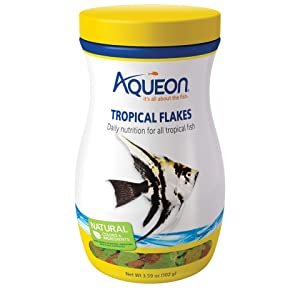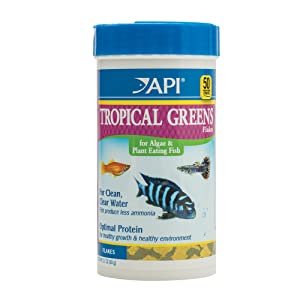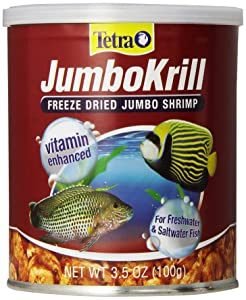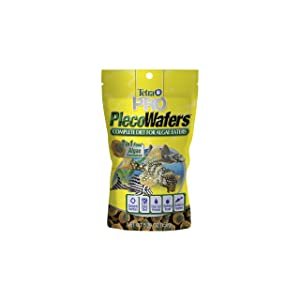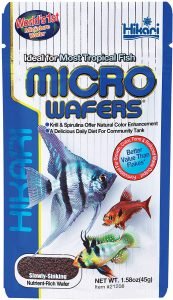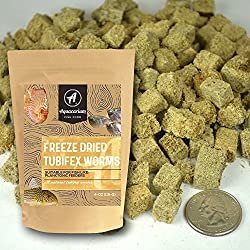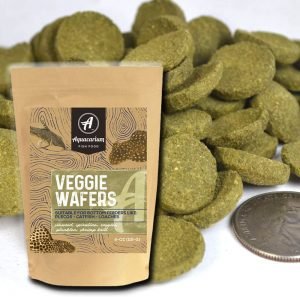When your comercial fish food goes off, there are various alternatives fish food such as vegetables and meat (salat, zucchini, and arugula). Vegetables are also rich in nutrients.You can feed your fish a variety of them, including apples, pears, broccoli, and peas. Some fruits and vegetables can be fed raw, but generally, you should cook them before putting them in your aquarium.
Get to Know Their Eating Requirements
As with humans, the fish can be classified as the herbivore, the carnivore, and the omnivore. Identifying which groups your aquatic pet will go into and taking into account its needs is crucial.The first step is determining what dietary requirement you of a fish. Vitamins are essential to nutrition for two fish and act directly on fish metabolism.
I ran out of fish food. And Now?
Freshwater fish are known for being robust and adaptable, so there are many suitable, easy-to-find alternative food for you to feed. Peas are another great alternative, but be sure to boil them and peel them off before feeding them to the fish. However, provide only once, with two small peas during the week, as many of them can cause digestive problems in tropical fish. Some other species, such as the Goldfish, can feed on orange slices, but citrus fruits are very sugary and acidic and quickly affect the water quality. If your fish only takes meaty food, offer them small pieces of fish and shrimp. Fish fillets, especially tilapia and cod, are ideal, but avoid oily fish as they can cause waste to build up in the water.
Can fish eat human food?
Technically, the only human food your fish will accept are vegetables like zucchini, cucumbers, lettuce, and seafood, but not what you would eat on your plate. You can feed them freeze-dried or frozen foods, but avoid any type of canned food, including vegetables, as they contain preservatives, salt, and other chemicals that can harm the fish’s health. As much as possible, avoid any meat-based foods other than seafood, as they contain fats that can cause problems for most animals.
Fresh vegetables and fruits, raw meat (no fats), greens, etc., can all be consumed safely by your pets’ fish. Cooked vegetables (peas, cauliflower, pumpkin carrots, etc. ), boiled or steamed, can be great substitutes for fish flakes. You could even feed fish, including golden fish and Koi cooked rice or oatmeal too. Some fish don’t digest certain grains that staple meals for people, so be careful with your family member’s safety.
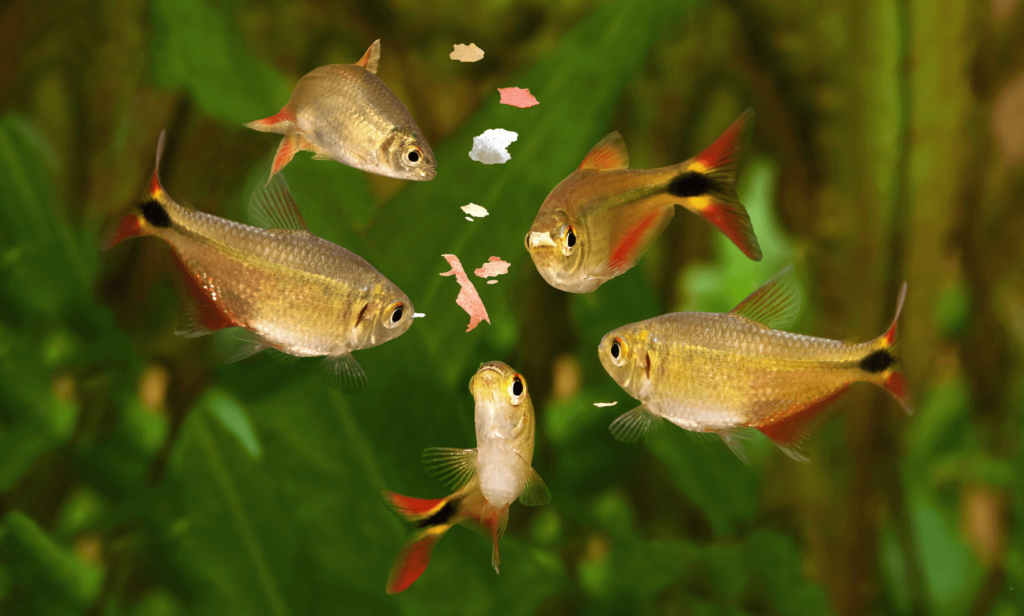
What do fish ingest normally?
Dry foods include flakes and pellets. Live foods are living things that your fish feeds, like larvae or worms. Frozen foods are primarily living items frozen for comfort. Frozen fish food is a good choice if you want something shelf-stable that provides a lot of nutritional value. Dry fish food for saltwater and freshwater fish usually comes in the form of pellets or flakes. The dry foods are an excellent selection for fish to eat throughout his tank.
Live food collected
Live food collected can lead to various parasites in the aquarium, bacterial infections, or mycobacteriosis in fish (Tuberculosis in fish, a difficult-to-treat and eradicate disease) usually present in mosquito larvae, so preferring those cultivated in captivity and of known origin.
What fruits can fish ingest?
Another fruit you shouldn’t feed an animal is an avocado. Both the skin and the pit of avocado contain persin, a toxic substance. Even for fish-safe fruits, you should only feed your fish in very sparing quantities. Even invertebrates on your tank would benefit from a snack (especially snail’s!”). It has nothing to do with food that aquarium fish may have ever encountered or eaten in the wild. The fish should also take in some vitamins or minerals to boost.
What vegetables can fish eat?
Omnivorous and herbivorous fish will eat pretty much everything you put in the tank. Still, the diet should consist of zucchini, cooked cucumber, spinach, and cooked peas (without husk). Always remember to remove the husks from the food before feeding it to the fish! To boil these foods, place them in a pot of water and leave them on the stove for about two minutes. After that, pour cold water on top to cool it down and check if they are well cooked. Most of the time, the fish, like the Goldfish, also accept fruit in small quantities. They like oranges and strawberries. A piece of fruit once or twice a week is enough to ensure you are not overfeeding them, resulting in intestinal problems. Also, be aware that fruits can harm water quality, including pH levels if fed in large amounts.
What provides to a predatory fish other than meat?
Carnivore’s fish diet should not exceed 6% of its weight. Oily meat is more susceptible to bad water quality because greasy beef makes it difficult for fish to absorb in the tank during feeding. Bear in mind that fish carnivores have a knack for finding new foods, beware of the lack of feed or live foods for them. Carnivorous freshwater fish feed abundantly on insects, where nature is abundant throughout the year, especially during flood seasons. Cannibalism in nature represents an essential application among species, as it works as a form of population self-control.
How to feed herbivorous fish other than dry food
An herbivorous fish’s digestion system is designed to decompose plant matter efficiently. They will be easier to feed new alternatives fish food because they are less likely to be picky as carnivores are sometimes.
You can feed your shellfish, which are not herbivores, with cucumber, for example. And it is excellent fish food. They usually eat and manage to direct the food provided. It is a human food that fish can eat.
How to feed Omnivorous Fish
Most aquarium fish tend to have an omnivore diet in the wild, but some may only meat-eaters. It would help if you made sure your animal is getting enriched fish, fresh foods flakes.
Egg white chunks make another delicious snack for pet shrimp (for example, cherry shrimp). Feed this sparingly as it’ll the chemicals within the tank to cause adverse effects.
Attention to cellulose and homemade fish tank food
Providing these fish with high protein content, as it is ideal for young fish angels and small tetras, will significantly harm the water quality and, consequently, the system’s health. Remember that cellulose, found in vegetable fibers, is not easy to digest. Thus, it is also worth mentioning that the essentially herbivorous pleco needs probiotics and fibers that allow this energy resource. Attention: not all husks (Loricariids) are herbivores. Once again, the variety in the disposition of feeding is essential, but without forgetting the peculiarities of each type of fish and that in some cases, the best is to keep a single species aquarium, as would be the best for the Goldfish.
How much should I feed my fish?
Fish overfeeding is hazardous. Leftover food that starts breaking down during storage is harmful to the species as it lowers water quality and contaminates ammonia. Generally, if you feed fish that uses other options (veggies, animals, meat, or other), you should probably start in small increments. Remove the non-decomposed waste food from the tank for 5 minutes until they start decomposing inside.
Popular alternatives fish food
Food is vital for a healthy fish’s health, from tiny Dwarf Puffers to foot-long GoldfishGoldfish. Other live foods commonly used for ornamental fish are tubifex, branches, white worms, rotifers, mosquito larvae, and blood worms. In some cases, these foods are sold in lyophilized form or even frozen.
What can fish eat other than meat?
Fish especially love to consume earthworms for their nutrient-dense nutrition. Avoid fish meat must be because it has a hard time digesting its fibers. If you have to feed them animal flesh, then select less fat cut like beef hearts. Many different species of fish absorb fatty amounts. You can buy flies and worms at the pet grocery or in your garden.
Problems and illnesses caused by deficient and poor quality food
It is not uncommon for the aquarist who buys one type of feed and uses only this feed for long periods, even if it is of excellent quality; you should remember that variation in the fish diet is essential to prevent nutritional imbalances, especially when there are several species such as in a community aquarium where dietary requirements are varied. Diets balanced adequately in nutrients and highly digestible (more effective use of nutrients) results in less organic matter released in feces and ammonia. Their higher mass percentage will be converted into usable nutrients by the body, such as structural and functional proteins. On the other hand, low digestibility feeds to generate a more incredible amount of feces, it is understood as a factor that reduces digestibility the application of raw materials that aim only at palatability (flavor attraction) or add protein percentage to the label guarantee levels, but which are not broken down into amino acids used for the construction and functioning of the fish’s organism and consequently are released into the water column. In nature, fish look for different foods. Like us, they need substances of energy, structural value, and material that stimulates the correct functioning of their digestive systems. Thus, a variety of foods provide options rich in probiotics (micro-organisms that make up the intestinal biota or “flora,” such as bacteria) and the rarely mentioned plant fibers that appear on the best feed labels as “fibrous matter.” The GOldfish is a classic example of an animal wrongly kept in community aquariums and tropical fish with different diets. Goldfish digestive system is straightforward compared to that of a angel fish. As the Goldfish doesn’t have a stomach, its diet should be specific and value the amount of vegetable fiber, allowing maximum efficiency in digestion and absorption of nutrients, minimizing yet another instead, the release of waste. Providing these fish with high protein content, as is ideal for young fish angels and small tetras, will significantly harm the quality of the water and, consequently, the system’s health.
Can I use homemade fish food?
Although store-bought foods are high in nutrients and designed to provide a good diet for fish, they can be expensive and contain many chemicals and artificial ingredients. That’s why making homemade fish food can be a great idea. Homemade fish meal can bring two main advantages compared to grocery-bought. Most products and supplies include all required nutrients, but homemade food is good. For the first couple of times, it might cost more to produce your fish. You have done an excellent job understanding the needs or feeding of your fish before you make your fish meal at home; make sure your fish has had adequate feed to be fed—the second value costs. Making homemade feeds can help cut back on the charges.

Make your homemade fish food.
Green leaves are great for fish, are full of minerals and vitamins, and are great imitators of natural plants that fish would find in their habitat. Spinach, kale, seaweed, and lettuce are some of the options available. You can also get great live aquatic plants like Cabomba, Egeria, and Limnophilla. All of which are commonly available at pet stores. Fruits and vegetables are also rich in nutrients. You can feed your fish a variety of them, including apples, pears, broccoli, and peas. Many species of fish love to eat other fish. The most popular types of food for predatory fish include trout, salmon, tuna, and cod. Earthworms and maggots are also a great addition to any homemade fish food recipe. They are full of nutrients and are very cheap. You can also add other aquatic animals to your fish food, including shrimp, squid, and mussels. You can get live, fresh, and frozen fish food. If you feed the live fish food, allow only 5 minutes to finish and clean the rest to prevent the build-up of rotting organic matter. If you’re looking for a more specific recipe than what you can follow, rather than having to determine your quantities, this recipe is excellent:
- Cut the salmon, shrimp, carrots, and spinach into pieces and chop them up. If the mixture is too thick, you can add a little water).
- Mix the gelatin in a pan with 2L of hot water and add the remaining ingredients to the pan.
- Heat the mixture over low heat until everything is cooked through (30 minutes – 1 hour).
- Pour mixture into small ice cube trays and use as needed.
How long can an aquarium fish survive without food?
Several factors determine how long your fish last without food. The size of the fish, the age, and the nutrient profiles all play an essential role. Older larger fish can continue to eat food longer. Carnivorous fish don’t need daily eating and adapt to survival in the wild, where food is often hard to come by. Herbivore fish, meanwhile, needs daily feeding to provide the appropriate amount of nutrition. If your lifestyle involves a lot of traveling, it’s advisable to keep only bigger and stronger fish species as pets. Fish without is not always a problem.
Can aquarium fish eat bread?
Aquarium animals can get into a bad relationship with bread as soon as it expands to its stomach. Bread also poses significant health risks to your fish as it would cause severe constipation. The short, straightforward answer is that bread is one of the worst foods you can feed most aquarium fish. Bread and any other food prepared for humans should be banned for them (you probably shouldn’t overeat bread either). If children throw bread at your fish tank, remove them immediately.
Conclusion of alternatives fish food
What fish you feed is crucial to a healthy environment. There’s much more to offer the proper diet for a fish than sprinkle flakes in the water twice every day. Feeding fish is integral to your fish diet. It is easy to find nutritionally balanced food options other than store-bought. Be mindful of the requirements of the particular variety of fish you keep in your tank to introduce new foods to them. It is crucial to keep in mind many aquariums need nutrition to thrive.

![How Long Can Betta Fish Go Without Food? [Complete Guide] How Long Can Betta Fish Go Without Food? [Complete Guide]](https://aquariumhunter.com/wp-content/uploads/2021/09/iStock-644996948_itthipolB-1-1.jpg)




![[Betta Fish Food] Ultra Fresh - Betta Pro Shrimp Patties, 50% Sword Prawns + Akiami Paste Shrimps, All Natural Protein, Rich in Calcium, for Betta's Healthy Development and Cleaner Water, Betta Food](https://m.media-amazon.com/images/I/4154e7UwHYL._SL160_.jpg)


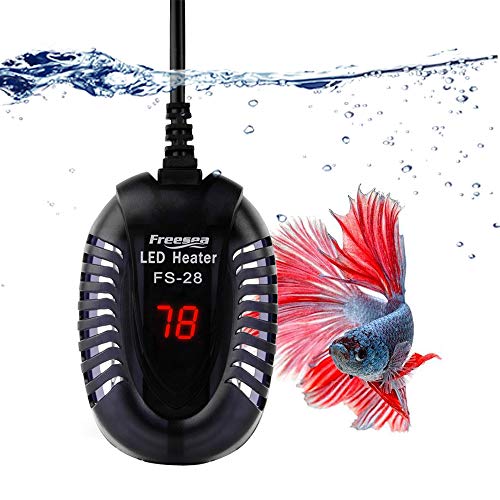





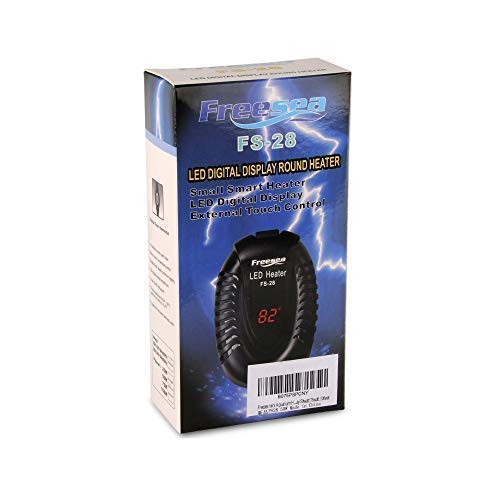
![[Complete Feed Guide ] How long Betta fish can go without food?](https://aquariumhunter.com/wp-content/uploads/2021/09/Best-Plants-for-Betta-Fish-300x250.jpg)
 Betta fry, which are baby bettas, get nutrients from the egg during the first few days of their life. After that, they can be fed 3-4 small meals a day.
Betta fry, which are baby bettas, get nutrients from the egg during the first few days of their life. After that, they can be fed 3-4 small meals a day.![Top [2023] 10 Best Goldfish Food For Growth & Color – Goldfish Feeding Tips Best Goldfish Food](https://aquariumhunter.com/wp-content/uploads/2021/03/maxresdefault-1.jpg)



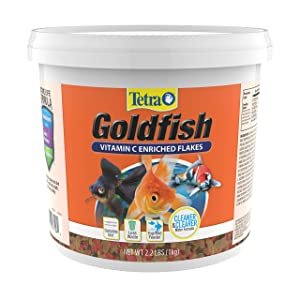

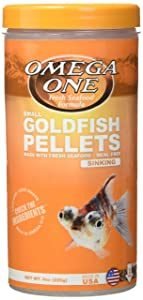




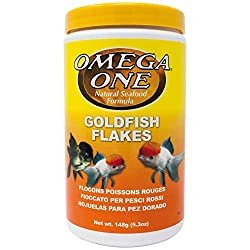


![Top [2023] 9 Best Betta Fish Food – Betta Feeding Guide Best Betta Fish Food](https://aquariumhunter.com/wp-content/uploads/2021/03/betta-fish-food.jpg)






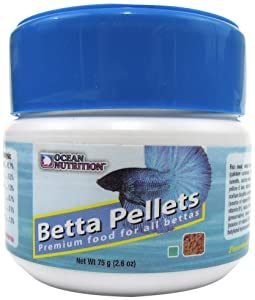


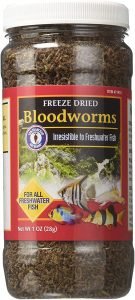

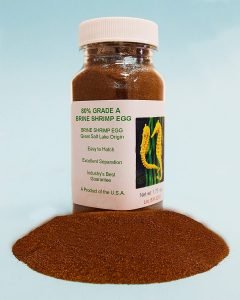
![Top [2023] Best Cichlid Food for Color & Growth – Cichlid Feeding Guides Top [2023] Best Cichlid Food for Color & Growth – Cichlid Feeding Guides](https://aquariumhunter.com/wp-content/uploads/2021/02/Best-Cichlid-Food.jpg)



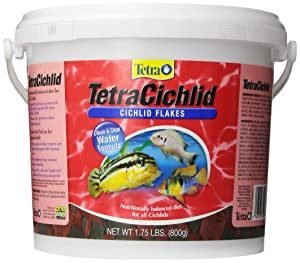
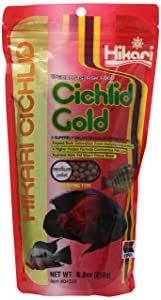
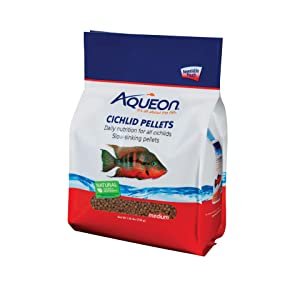

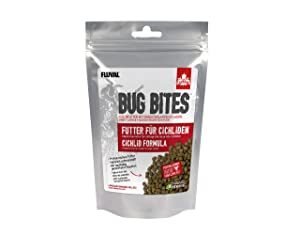
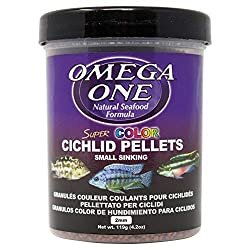
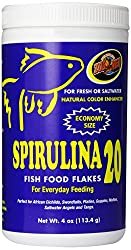



![Top [2023] Best Koi Food For Growth and Color – Koi Fish Feeding Guide Top [2023] Best Koi Food For Growth and Color – Koi Fish Feeding Guide](https://aquariumhunter.com/wp-content/uploads/2021/02/best-koi-food.jpg)



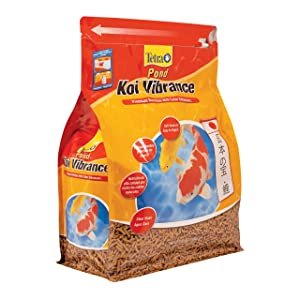
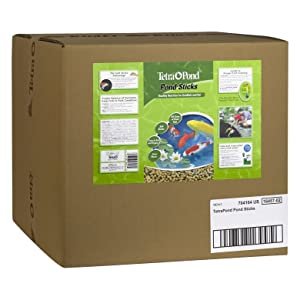

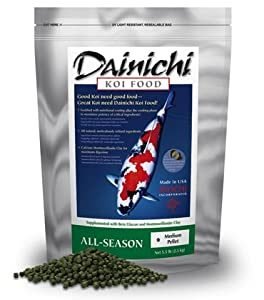
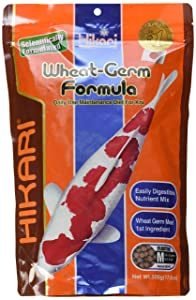

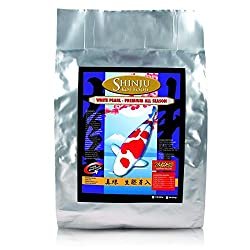


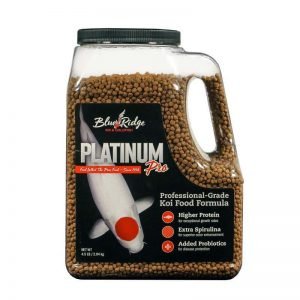
![Top [2023] 10 Best Tropical Fish Food For Color & Growth How Long can a betta fish go without food?](https://aquariumhunter.com/wp-content/uploads/2021/03/best-fish-food-reviews-betta.jpg)




